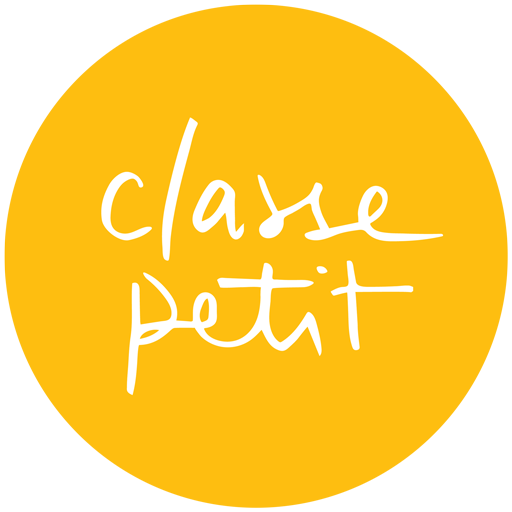How I Explore Colours with Oils
Sometimes I don’t plan what exact colours I want to use ahead of time – I just let myself play and see what comes up.
I was going to paint a self-portrait so I roughly knew I wanted some warm colours (reds, yellows) and maybe something cool (blue, purple) to balance it off.
Usually this set of colours will evolve as the painting develops, but it’s a fun way to start off with a little spontaneity!
Painting Process - Red Canna by Georgia O'Keeffe (Part 1)
Painting study of Red Canna (1924) by Georgia O’Keeffe
I started off with a pencil sketch for this piece to identify where all the main lines and forms are – this may take a while, but it makes painting a whole lot easier later.
Then using heavy, full strokes with a flat brush, I paint each section individually. While the paint is still wet, I add a darker tone and blend it in.
Because acrylic dries quickly, blending is best done while paint is freshly applied!
Painting Process - Red Canna by Georgia O'Keeffe (Part 2)
Painting study of Red Canna (1924) by Georgia O’Keeffe
The reason why I love using a flat brush to paint most of the piece is because 1. you have greater control over where the paint is going to go and 2. you can draw lines easily with it!
0:23 I go back and get more paint / wet the tip of the brush whenever I see the acrylic drying out on the canvas.
I’ve also dipped my brush in some deeper yellow / light orange paint to blend directly on the piece – at 0:28 you can see my brush strokes gradually getting darker the more I paint.
Painting Process - Light Iris by Georgia O'Keeffe
Painting study of Light Iris (1924) by Georgia O’Keeffe
Here I’m adding the finishing touches to the painting – about 2.5 hours into the session.
For tight and narrow sections, I use a small round brush, making sure I have a generous amount of paint.
Keeping the brush slightly wet is also a good way to keep lines crisp and neat – sometimes the tip of the brush will fray/fan out when it’s getting dry, and you end up with a bunch of thin lines instead of one clean stroke!
Painting Process - In Bed, The Kiss by Henri de Toulouse-Lautrec
Painting study of In Bed, The Kiss (1892) by Henri de Toulouse-Lautrec
Instead of using black, I mixed brown + a bit of blue to paint the hair. I find this is always more natural looking than using black straight out of the tube (which has its own uses of course – just not here!)
Painting Process - The Dream by Henri Matisse
Painting study of The Dream (1940) by Henri Matisse
For this study, I went with a colour variation (just for fun!)
0:00 Painted in the pillow with a cerulean blue + white mix
0:25 This is an “opal” colour, which is 90% white with hints of green and red mixed in, creating a desaturated tone.
0:50 With one continuous stroke, used a loaded flat brush (to make sure the lines don’t dry out halfway!)
0:59 Small round brush to outline the bunny in the same colour as the previous step. Having plenty of paint (but not too much) on the brush helps to create a solid line.
1:09 Finishing touches! You can vary the size of the dots by changing the pressure you add to the brush tip (more pressure = bigger dots, vice versa)
